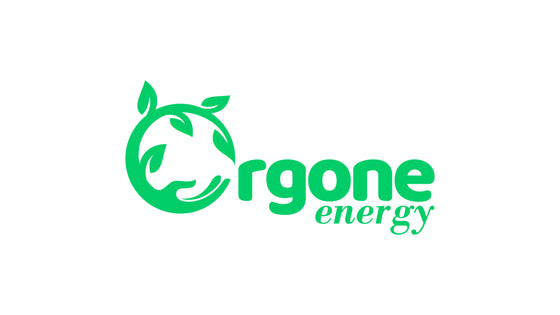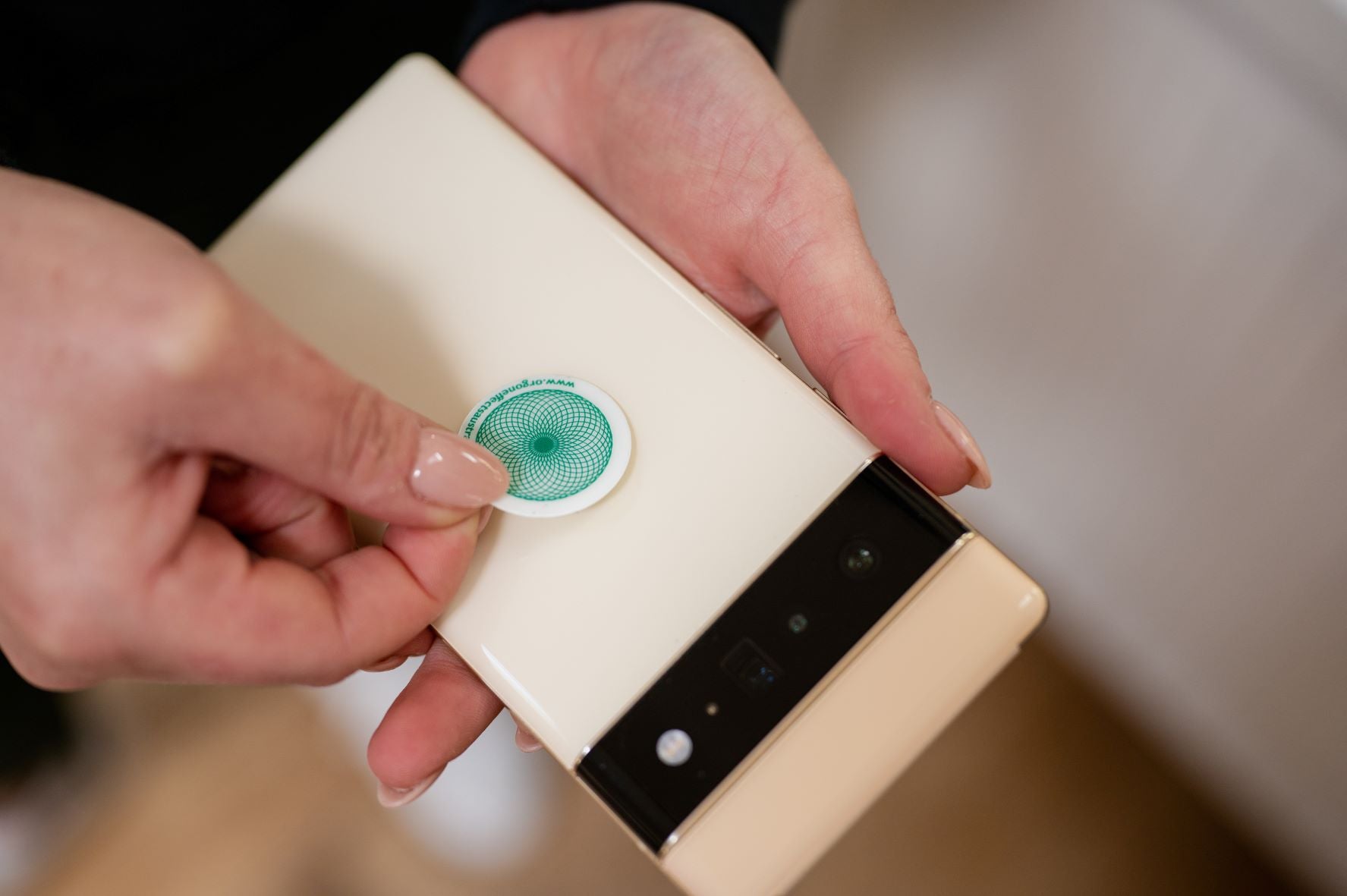As technology continues to advance at a rapid pace, 5G networks have become a hot topic in the world of connectivity. But did you know that 5G technology is also being integrated into streetlights across America?
That's right, 5G streetlights are becoming increasingly popular in cities across the country but is this new technology beneficial for anyone other than the cellphone companies?
Wireless network coverage is expanding with the installation of 800,000 small cell sites by 2026.
These mini cell towers measure around the size of a pizza box and are mounted 15-30 feet off the ground, providing enhanced coverage than traditional macro cell towers, which are typically 100-feet tall.
These small cells can be installed on buildings, traffic signals, and even street lights.
Why Should We be Concerned?
The concern here centers around the radiofrequency emitted by 5G small cell towers and their proximity to humans.
With 4G technology, the radiowaves could travel a distance of about 20 km. With 5G towers this is limited to 305 meters.
In 2011, The World Health Organization annouced that the International Agency for Research on Cancer had classified radiofrequency electromagnetic fields as possibly carcinogenic to humans (Group 2B), based on an increased risk for glioma, a malignant type of brain cancer1 , associated with wireless phone use.
A 2003 study looked at the effect of people living within 300 meters of a cellphone tower. The research found women were more likely to be affected than men and there were a wide range of reported symptoms associated with the exposure:
- Headache
- Sleep disruption
- Discomfort
- Irritability
- Depression
- Loss of memory
- Dizziness
- Libido decrease
- Nausea
- Loss of appetite
With a maximum range of 305 meters, 5G small cells will have many more people being exposed at a much closer range.
A 2004 German study also showed a link between living within a close proximity of a cell tower and an increase in the likelihood of developing cancer.
Protect Yourself From 5G Exposure
With rapidly changing technology all around us, it is important to safeguard your physical and mental health. At Orgone Energy, we have several options to protect yourself and your loved ones at home and on-the-go.

Our line of shungite items are an ideal choice for those who want a natural option that is backed by scientific studies.

Our Orgone Energy line is backed by 30 years of rave reviews and in depth research.

We also offer orgonite pyramids using the same technology created by Wilhelm Reich and used all over the world.
No matter what your preference, we have an option for EMF protecton.

Why Do The Cell Phone Companies Want More Small Cells?
The wireless phone companies are battling the utility companies for their streetlight ‘real estate’. Many utility companies are charging top dollar for the right to add a small cell to their poles.
Small cells are critical to 5G in order to make the buildout of this new technology more cost effective.
5G makes big promises of faster speeds, but with it comes major infrastructure. 5G will require up to five times the amount of infrastructure as 3G or 4G.
This is because 5G requires the use of super high-frequency radio waves, called millimeter-wave spectrum. With this new technology, a macro coverage area can be split into smaller coverage areas which allows more users on the network without buying more spectrum.
While this new technology will improve network speeds, it offers a short range and is affected by common obstructions, even rain. While 4G infrastructure can transport signals for miles, 5G requires a small cell every 305 meters.
The Story of Doylestown, PA
Communities that oppose the new technology may have an uphill battle trying to fight its installation. In 2014, Doylestown, a small town in Pennsylvania opposed the new development as they were worried it would spoil their small town charm.
The town spent $150,000 and fought a legal battle in state and federal courts for nearly two years. This led to a settlement of better concealed equipment and compensation for the use of municipal equipment. The original plan of 44 small cell sites was limited to 33.
However, current municipalities may not get as much input.
The introduction of the Streamline Small Cell Deployment Act led to quick timelines, inability to turn down permits for discriminatory reasons, and ‘reasonable’ local fees for processing applications.
Can Streetlights Support Small Cells?
Streetlights are an attractive option for small cells. After all, they are already an effective source of electricity and are conveniently located. However, the addition of small cells could prove to be structurally dangerous.
In a filing to the FCC (Federal Communications Commission) by two of the nation’s biggest utilities-Xcel and Southern Company the following was written:
"The vast majority of street lights are not structurally capable of supporting wireless communications facilities, thus requiring the complete replacement of the street light structure in order to accommodate wireless."
Many utility companies are charging a premium to the wireless sector for using their infrastructure. While this is great for business, the FCC has introduced new rules that limit the fees municipalities are allowed to charge.
More Sector’s Concerned With 5G
In addition to the utility companies, the Federal Aviation Administration (FAA) has cited concerns with the potential for the expansion of 5G operations in C-band spectrum could interfere with some aircraft radio altimeters.
The aircraft radio altimeter plays a crucial role in planes. This instrument helps pilots determine a jet's altitude and its distance from other objects.
In January 2022, Verizon and AT&T agreed to limit the installation of small cells near airports after many concerns that their equipment could cause this important piece of equipment to malfunction.
What is the Environmental Impact of 5G?
As 5G requires a considerable amount of new infrastructure, there will be a significant environmental impact.
In addition to the impact of manufacturing the additional equipment, there is also a concern for an increase in energy demand due to this new technology. According to an article by the University of Washington:
The manufacturing and maintenance of the new technologies associated with 5G creates waste and uses important resources that have detrimental consequences for the environment.
5G networks use technology that has harmful effects on birds, which in turn has cascading effects through entire ecosystems.
How 5G Streetlights Work
So, how do 5G streetlights work? At their core, 5G streetlights are similar to traditional streetlights. They contain a light source, typically an LED, that provides illumination for the surrounding area.
However, 5G streetlights also include a small cell site that provides wireless connectivity. This allows the streetlights to act as a hub for 5G networks, providing high-speed internet access to nearby devices.
This is made possible by the use of millimeter-wave frequencies to transmit data. These frequencies are much higher than those used by traditional cellular networks which results in faster data transfer rates and greater bandwidth.
In addition, 5G streetlights are equipped with advanced technologies like beamforming, which allows them to focus their signals in specific directions. This helps to reduce interference and improve the overall reliability of the network.
Furthermore, the wireless connectivity provided by 5G streetlights can be used to monitor energy consumption in real-time, allowing cities to optimize energy usage and reduce costs.
5G Streetlights vs Traditional Streetlights
Compared to traditional streetlights, 5G streetlights offer a range of advantages. One of the most significant differences between the two is their energy consumption.
Traditional streetlights use high-pressure sodium lamps, which consume a significant amount of energy. In contrast, 5G streetlights use LED lights, which are much more energy-efficient.
This means that cities can save a significant amount of money on electricity bills by switching to 5G streetlights.
Another advantage of 5G streetlights is their remote controllability. Traditional streetlights are typically controlled by manual switches, which can be time-consuming and inefficient.
5G streetlights, on the other hand, can be controlled remotely using a computer or smartphone. This allows cities to adjust the lighting levels based on the time of day or specific events, reducing energy consumption and improving public safety.
Will 5G Lights Have Surveilance?
5G streetlights also offer the potential for smart city applications. By integrating 5G technology into streetlights, cities can create a connected infrastructure that enables real-time data collection and analysis.
The streetlights have the potential to have ‘smart’ technology such as motion detectors or cameras. While these can be used to prevent crime or monitor traffic flow, they are also able to easily track the citizens living in the area. Who will be collecting this information and how it will be used is not yet known.
The ACLU (American Civil Liberties Union) launched a national campaign called Community Control Over Police Surveillance (CCOPS), encouraging cities to build public oversight into decisions about smart city technologies with surveillance components.
While this initiative has been adopted in some parts of the country, many other areas are left without any type of guidelines.




